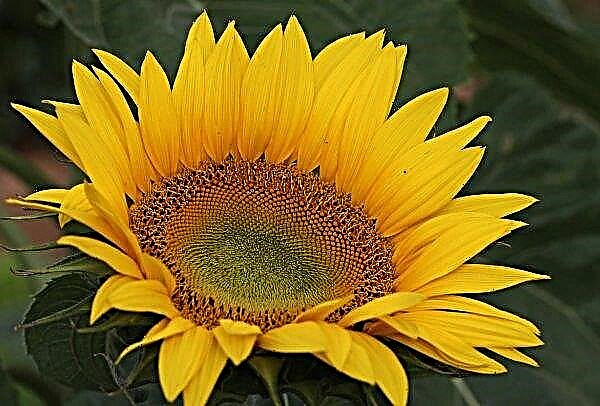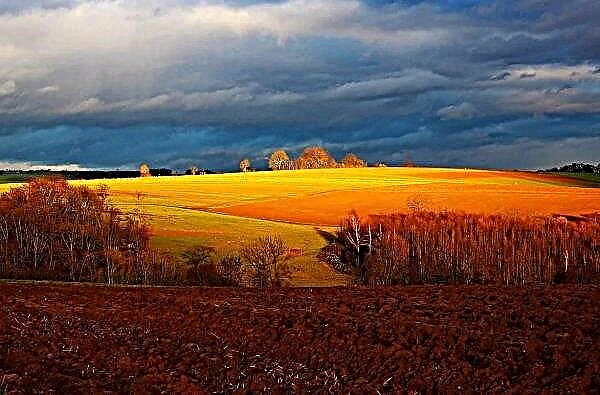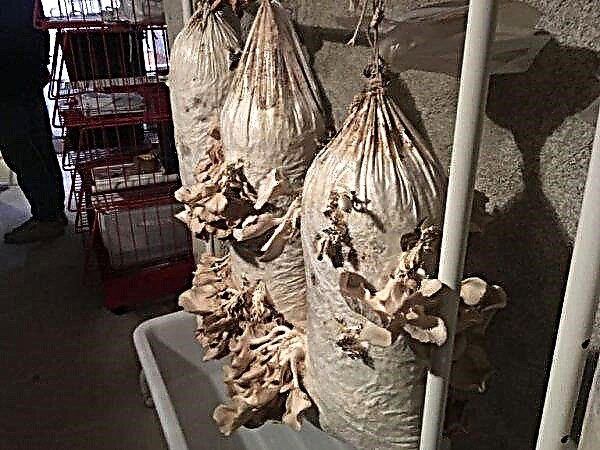To decorate the site, many owners resort to the creation of a small reservoir. All work can be done with your own hands. However, first of all, it is worth studying the features of the structure of a natural pond. You will find all the necessary information below.
Pond device
The construction of a living pond near your own home always begins with preparation. It is necessary to choose a place and decide on the layout and device. Only then can you dig, fill and equip the pond. All actions must be performed according to the rules so as not to encounter problems in the future.
Important! Avoid places near communications so that when digging, do not stumble on pipes or cables.
How to choose a place
The quality of the pond will depend on the area chosen for it. When creating a reservoir, consider several factors:
- Lighting. You should pay attention to the place in the light partial shade. Good lighting is welcomed for 6 hours a day. However, it is better to exclude the constant influence of sunlight, especially at noon.
- Vegetation. There should not be tall trees nearby. Leaves, insects, pollen will fall into the water, so the pond will constantly clog.
- Aesthetics. An optional but important selection criterion is an attractive appearance. Make a pond near the veranda or terrace to enjoy the beauty of the site.
 It is also worth choosing a low and moist area. This is the best option, in which a natural pond will be nourished by natural moisture and not dry.
It is also worth choosing a low and moist area. This is the best option, in which a natural pond will be nourished by natural moisture and not dry.
Layout
The shape of the pond can be geometrically regular or arbitrary. The first option is suitable for sites with urban landscape design. In this case, the pond is made even square, oval or round. At the request of the owners, a stone can be laid out along the shore. Free-form ponds look more natural and are suitable for summer cottages with a natural layout.
| Level | Destination |
| Upper | Planting plants |
| Middle | Placing frost-resistant water lilies |
| Lower | Fish farming |
The pond should not occupy more than 3% of the total yard area. It is recommended to leave the area around the edges to expand the structure in the future. When drawing up a plan, deepening is done no more than 1.8 m, since this is the level of soil freezing. In this case, the depth should be a maximum of five times less than the area of the reservoir and divided into three levels.
 The depth of each level should be approximately equal and approximately 0.5 m.
The depth of each level should be approximately equal and approximately 0.5 m.
Digging pit
Before construction, you should draw a sketch indicating all sizes. Then you can start digging the pit.
Did you know? The largest artificial reservoir in Europe is Izhevsk Pond. Its area is 24 km².
Follow the instructions below:
- Clear the soil of debris and leaves.
- Mark the boundaries of the future pond on the ground.
- Drive wooden pegs around the perimeter and stretch a rope along them.
- Dig a foundation pit with a shovel. Each level should have at the edges small terraces with a width of about 0.5 m and sharply go into the next.
 If a large area reservoir is planned, the owners order an excavator or a bulldozer.
If a large area reservoir is planned, the owners order an excavator or a bulldozer.
Installation of waterproofing
If the site is on clay-saturated soil, you can immediately start filling the pit with water. Clay soil holds moisture well and prevents it from absorbing. In other cases, it is difficult to do without waterproofing.
Important! Waterproofing with polyethylene is a cheap but short-lived method. Under the influence of sunlight, the material is destroyed within a few years.
They make it in several ways:
| Method | Features | Benefits |
| Clay laying | Clay soil is poured and compacted onto the bottom with a layer of 0.2-0.5 m | Environmentally friendly and easy to implement |
| Film insulation | The foundation pit is covered with a film of PVC or butyl rubber | Profitability, resistance to temperature differences and influence of the sun |
| Liquid rubber | The material is sprayed to the bottom, walls and ledges, then wait for drying | Resistance to mechanical damage and temperature up to –50 ° С |
| Concrete frame | The pit is poured with concrete | Durability, strength, but due to the low resistance to weather extremes, the method is acceptable in areas with a temperate climate |
| Plastic molds | In the pit, they dig in a finished structure, which can be purchased at construction stores | Wear resistance, small labor input, low time costs |
Video: pond waterproofing
Installation of additional equipment and filter
To keep the pond attractive for a long time, it can be equipped with decorative electronic equipment.
Among the useful installations, site owners distinguish:
- lights on the coast or under water;
- artificial fountains and waterfalls;
- fog generators.
Maintenance of the reservoir will be easier if you install a filter immediately after construction. This equipment will help prevent siltation and clogging of water. There are also modern UV sterilizers on sale that prevent the growth of pathogenic bacteria.
 If the owners breed fish, aerators are additionally installed. Devices enrich the water with oxygen, necessary for the inhabitants of the reservoir.
If the owners breed fish, aerators are additionally installed. Devices enrich the water with oxygen, necessary for the inhabitants of the reservoir.
Landscaping and pond decoration
After fundamental work, you can start decorating. An eco-friendly option is to arrange pebbles or cobblestones along the shores. Over the narrowed parts of the ponds of non-standard shape, the owners install bridges. It is better to choose natural wood, such as oak. The ensemble will be complemented by stone sculptures. One of the most popular landscaping methods is fish farming. One of the best options will be koi carps of a motley golden color.
Did you know? From Old Russian the word "pond" is translated as "fast stream".
Ponds are often decorated with plants. Choose crops that love moisture:
- loosestrife;
- swamp iris;
- cattail;
- astilbe.

Natural Pond Care
If you have a filter or sterilizer installed, the status of the reservoir will be automatically adjusted. However, the care of the reservoir does not end there. The following actions must be performed regularly, even if you have a modern purification system installed:
| Care measures | Periodicity |
| Feeding fish (if available) | 1-2 times a day, depending on the species |
| Catching garbage and fallen leaves by hand using a net | Once a week |
| Plant transplant | 1 time a year in early spring |
| Full replacement of water with mechanical cleaning of walls and bottom from organic residues | 1 time in 3-4 years |
How to make sure that the pond does not freeze in winter
In areas with sharp temperature differences there is a problem of winter icing of the reservoir. However, there are several ways to avoid freezing water at sub-zero temperatures. Most often, summer residents are advised to install and leave the aerators turned on.
The easiest method is to buy a heater or de-icers. After installation and connection, the owner can be sure that the pond will not be covered with ice, and that the fish will not die during the winter.

Creating a pond takes a lot of resources and time, besides it needs to be constantly looked after. However, having studied the structure of the reservoir, you can cope with the work yourself. As a result, the owner receives the decoration of the site, near which it is pleasant to spend time.












